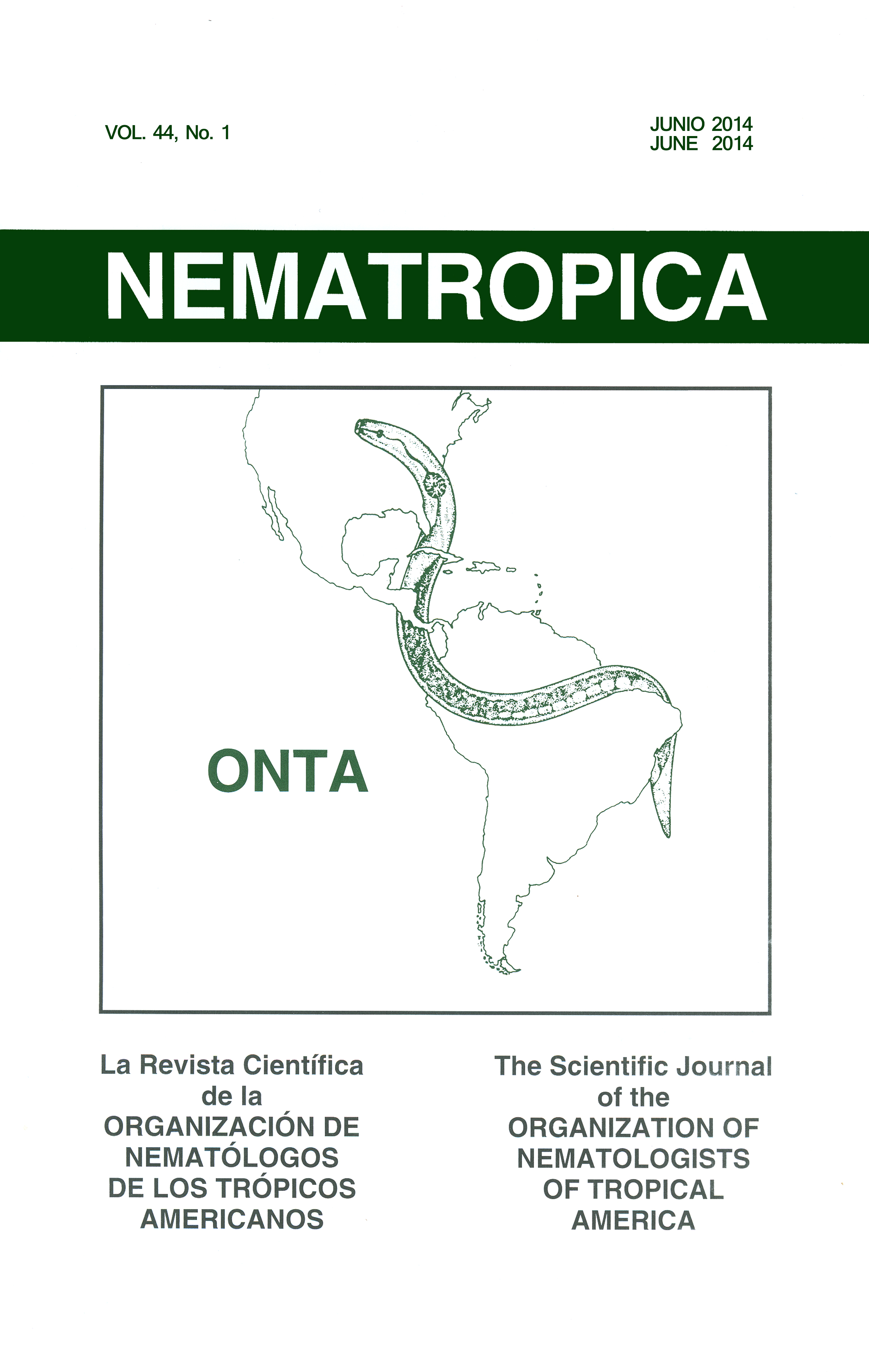Effect of soybean seed treatment with abamectin and thiabendazole on Heterodera glycines
Schlagworte:
chemical control, Glycine max, resistance, soybean cyst nematodeAbstract
The option of chemical control of the soybean cyst nematode (SCN) with traditional nematicides has been unviable, but seed treatment nematicides could be an important tool for management. Abamectin applied at 0, 30, 40, and 50 g ha-1 as a seed treatment together with or without thiabendazole at 20 g ha-1 was studied on a SCN resistant and a susceptible soybean cultivar. Abamectin treatment reduced the population density of females and cysts on the susceptible cultivar BRSGO Luziânia. For combined seed treatments, thiabendazole and abamectin should only be associated at concentrations of abamectin above 40 g ha-1. Combinations at lower rates or thiabendazole without abamectin resulted in a nematode population increase. The resistant cultivar BRSGO Ipameri yielded the highest, but seed treatment had no effect on yield.Downloads
Veröffentlicht
2014-06-01
Ausgabe
Rubrik
Articles

